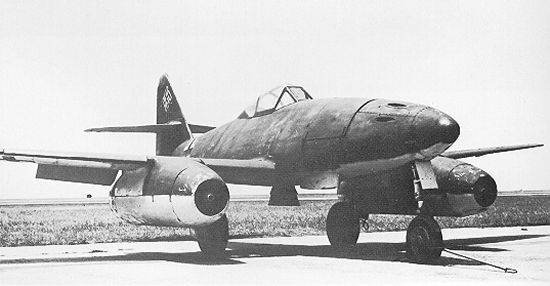Daryl Hunt
Your Worst Nightmare
- Banned
- #1
When the long ranged fighter was introduced by the US in early 1942, there was only one. The P-38. It was out numbered at least 11 to 1 by Luftwaffe fighters. And many of those Luftwaffe Fighters had many times aces in them.
The P-47 arrived in 1942 but it didn't have the range quite yet to get into Germany and mix it up. But NO P-47 was lost in an air to air battle. You could pound on it and if it got into trouble, it just poured the coals to it and disengaged since it was much faster than either the FW-190 or the ME-109.
The P-51B/C was introduced enmass in early 1944. When they introduced the P-51B/C, they also changed the way that fighters protected bombers. Before, the Fighters would stay with the bombers. They zigged and zagged which took up a tremendous amount of fuel. The Fighters of the time could not get much past the German Border. When the changed the fighter doctrine, the fighter would go ahead of the bombers and bounce the Luftwaffe. You might see 2 US long ranged fighters bounce a flight of 50 Luftwaffe Fighters gathering to go after the bombers. They would fly through the formation bagging 2 or 3 fighters and get out of there fast. It caused more than one gaggle of German Fighters to break into a twisting mass trying to find what the devil just happened and they would not be able to regroup due to fuel reasons.
By the middle of 1944, it really didn't matter which of the big three were in the fight. All 3 outclassed the FW-190 and ME-109. And Germany had lost most of their Expertine Pilots (ACES). The Luftwaffe was now a shell of what it used to be.
You will notice that I dwelled on the P-38/P-47/P-51. They were the only three with the range to carry the fight to the Luftwaffe before July of 1944.
Now, which one is the best?
The P-47 arrived in 1942 but it didn't have the range quite yet to get into Germany and mix it up. But NO P-47 was lost in an air to air battle. You could pound on it and if it got into trouble, it just poured the coals to it and disengaged since it was much faster than either the FW-190 or the ME-109.
The P-51B/C was introduced enmass in early 1944. When they introduced the P-51B/C, they also changed the way that fighters protected bombers. Before, the Fighters would stay with the bombers. They zigged and zagged which took up a tremendous amount of fuel. The Fighters of the time could not get much past the German Border. When the changed the fighter doctrine, the fighter would go ahead of the bombers and bounce the Luftwaffe. You might see 2 US long ranged fighters bounce a flight of 50 Luftwaffe Fighters gathering to go after the bombers. They would fly through the formation bagging 2 or 3 fighters and get out of there fast. It caused more than one gaggle of German Fighters to break into a twisting mass trying to find what the devil just happened and they would not be able to regroup due to fuel reasons.
By the middle of 1944, it really didn't matter which of the big three were in the fight. All 3 outclassed the FW-190 and ME-109. And Germany had lost most of their Expertine Pilots (ACES). The Luftwaffe was now a shell of what it used to be.
You will notice that I dwelled on the P-38/P-47/P-51. They were the only three with the range to carry the fight to the Luftwaffe before July of 1944.
Now, which one is the best?





